What the Most Stylish Living Rooms Have in Common
These design secrets can help you close the gap between the home you have and the look you want.
By Candace Braun Davison
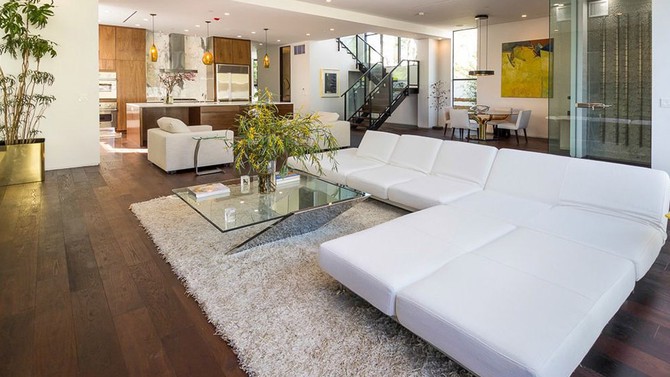
Photo: Zillow Digs
They Follow a New Rule of Threes
When you walk into your living room, you'll want to have something textured, something wooden and something unexpected. Zillow Digs, a resource for home design inspiration, analyzed its most popular living rooms, and found that 47 percent were contemporary, and just about all of them featured that mix. The textured item was often a cashmere throw or plush rug; the wood element a credenza, coffee table or exposed ceiling; and the "unexpected," an item from a completely different design style, like an ornately carved, traditional side table or llama-shaped throw pillows.
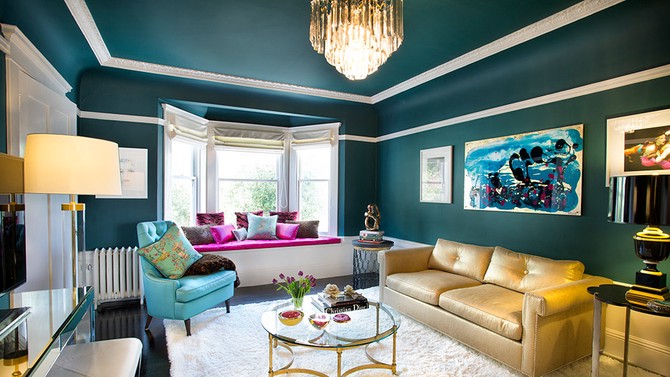
Photo: Gregory Zabilski/Courtesy of Michelle Workman
They Go Beyond the Tear Sheets
When you pin images and tear out magazine photos of rooms you love, says interior designer Michelle Workman, you need to ask yourself a few questions before trying to replicate the look: "What do you think of when you see this photo? How does it make you feel?" Then focus on the colors and the shape of the furniture separately. It may sound woo-woo at first, but this two-step process helps you separate the mood of the room from its design elements. People who don't do this, Workman says, often wind up with that "can't put my finger on it, but something's not right" feeling. For example, you may see a few glamorous gray rooms and think gray = glamorous, so you decide to paint the walls gray, when what you really wanted was an Old Hollywood look (which you could've gotten with a mirrored side table, Art Deco-inspired club chairs and a few velvet throw pillows).
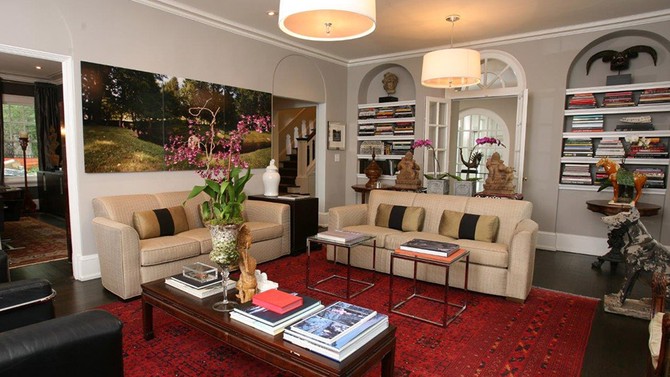
Photo: Courtesy of Vern Yip
They Give Art and TV Equal Treatment
You may have heard that you should hang things at eye level, but that usually prompts a follow-up debate among everyone in the house: Whose eye level are we talking about? Interior designer and HGTV Design Star judge Vern Yip has one number to cut through the confusion: "Sixty inches from the floor to the center of the piece—or TV—keeps everything looking consistent and uniform." Sticking to the same height subtly unifies everything on the walls, so the design of the room looks polished and deliberate.
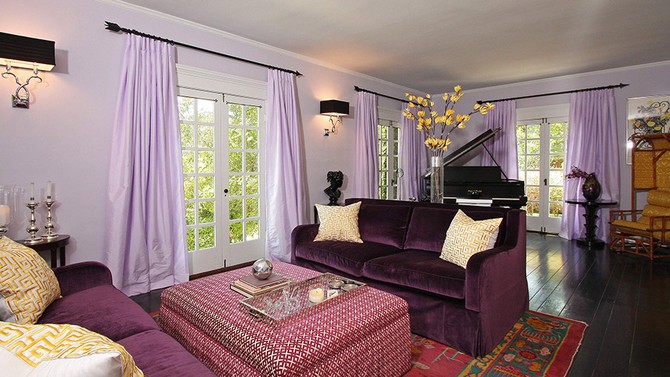
Photo: Jeffrey Ong/Courtesy of Michelle Workman
They Play Up One Pattern
A mix of prints can be intriguing, but they can also lead to crazytown fast. Workman's rule of thumb is to choose one stripe, one small pattern and one large one, designating one to be the dominant print. If you'd like to play up the stripe, for example, choose a thicker stripe in darker or bolder colors, and stick to more muted tones for the two other patterns.
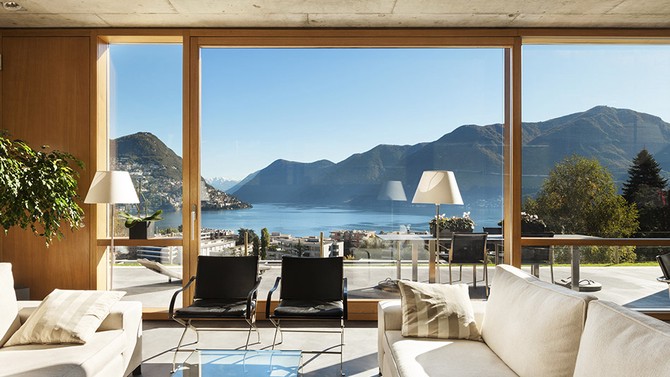
Photo: piovesempre/iStock/Thinkstock
They Don't Look Shabby in Two Years
When you pick up swatches to see how they'll look with your paint colors and furniture, take the opportunity to see how the fabrics live up to your lifestyle, suggests Anne Reagan, editor-in-chief of home renovation site Porch.com. Rub it—see if it stains or pills—or spill your favorite drinks on it and find out how easy it is to clean. If you love the fabric but find it's not very durable, consider using it on the back of a chair (and upholstering the part you sit on with a stronger fabric, like canvas, hemp or any cotton-blend).
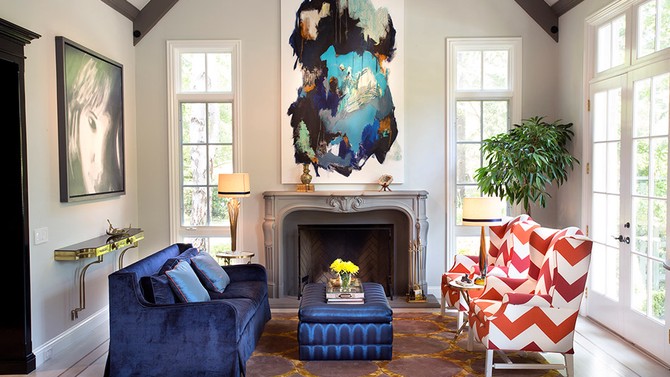
Photo: Gregory Zabilski/Courtesy of Michelle Workman
They Feature the Trend Within the Trend
When Workman designed Jennifer Lopez's California home, she used a lot of soft, muted grays and blues. In the years since, gray has emerged as the top neutral paint color, but as people become more comfortable with it, the accent colors they use have become richer (like a magenta instead of a pale, petal pink), and tend to be warmer (think reds and oranges). Gray is timeless—making it an ideal choice for most living rooms, and since it's easy to experiment with trendier tones.
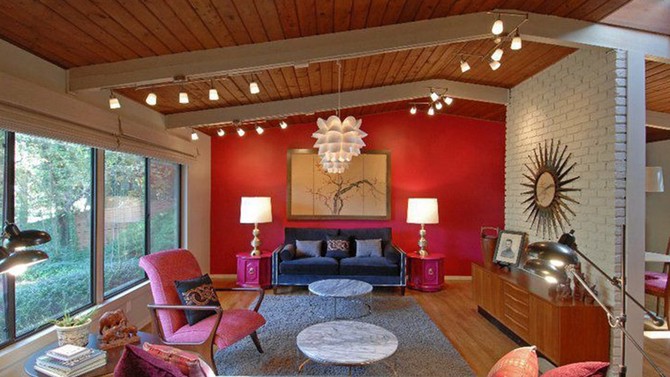
Photo: Brian D. Patterson via Zillow Digs
They Let One Wall Do the Talking
Accent walls are making a comeback—particularly in modern rooms, which tend to feature minimalist furniture in neutral tones. The lack of color can go office-cubicle bland fast, and an accent wall is a fuss-free way to warm things up. Red, deep burgundy and wood-paneled walls tend to be the most popular, according to Zillow Digs data.
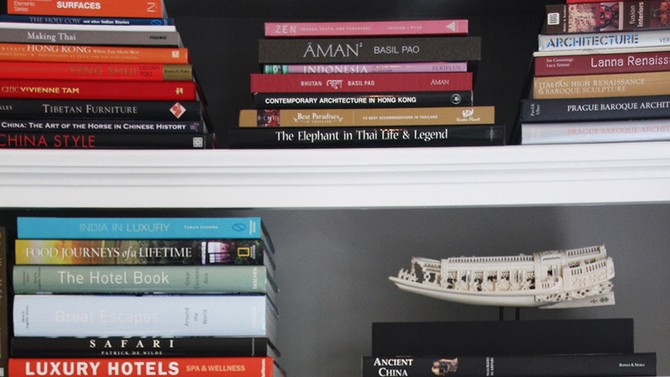
Photo: Courtesy of Vern Yip
They Turn Books on Their Sides
It's tempting to maximize every free space, bookshelves included—that's what they're for, isn't it? But if you look at most professionally designed living rooms, the shelves are at least 20 percent bare. One way to keep yourself from overstuffing the shelves is to try piling all your books horizontally. "Stack them from largest to smallest, and not more than five to six books high, otherwise you'll never bother pulling them out and using them," Yip says. Suddenly, your bookshelf is its own design statement.
Published 07/31/2014

